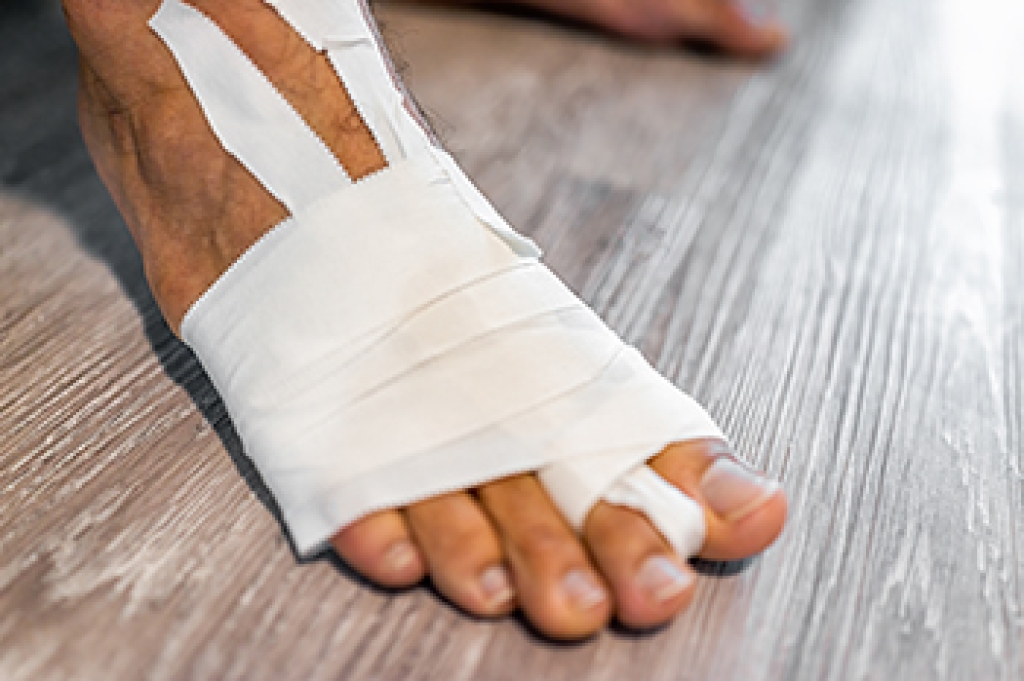
Allowing kids to walk barefoot offers numerous benefits for their development and overall well-being. When children walk without shoes, their feet can grow naturally, promoting healthy arch formation and improving foot strength. Barefoot walking also enhances sensory feedback, allowing children to better understand their surroundings and develop improved balance. Additionally, walking without shoes can increase safety awareness, as children become more mindful of the surfaces they walk on, which can help prevent accidents. Another advantage is that walking barefoot encourages fun and freedom, allowing children to engage more fully with their environment. By spending time barefoot, kids can also help extend the lifespan of their shoes, as they do not wear out as quickly. If you have questions or would like additional information about the benefits of your child walking barefoot, it is suggested that you speak to a podiatrist who can address any concerns you may have.
Making sure that your children maintain good foot health is very important as they grow. If you have any questions, contact one of our podiatrists of Associates in Podiatry, PC. Our doctors can provide the care you need to keep you pain-free and on your feet.
Keeping Children's Feet Healthy
Having healthy feet during childhood can help prevent medical problems later in life, namely in the back and legs. As children grow, their feet require different types of care. Here are some things to consider...
Although babies do not walk yet, it is still very important to take care of their feet.
Avoid putting tight shoes or socks on his or her feet.
Allow the baby to stretch and kick his or her feet to feel comfortable.
As a toddler, kids are now on the move and begin to develop differently. At this age, toddlers are getting a feel for walking, so don’t be alarmed if your toddler is unsteady or ‘walks funny’.
As your child gets older, it is important to teach them how to take care of their feet.
Show them proper hygiene to prevent infections such as fungus.
Be watchful for any pain or injury.
Have all injuries checked by a doctor as soon as possible.
Comfortable, protective shoes should always be worn, especially at play.
If you have any questions, please feel free to contact our offices located in Pittsburgh-South Hills, and Pittsburgh-Bellevue, PA . We offer the newest diagnostic and treatment technologies for all your foot care needs.




